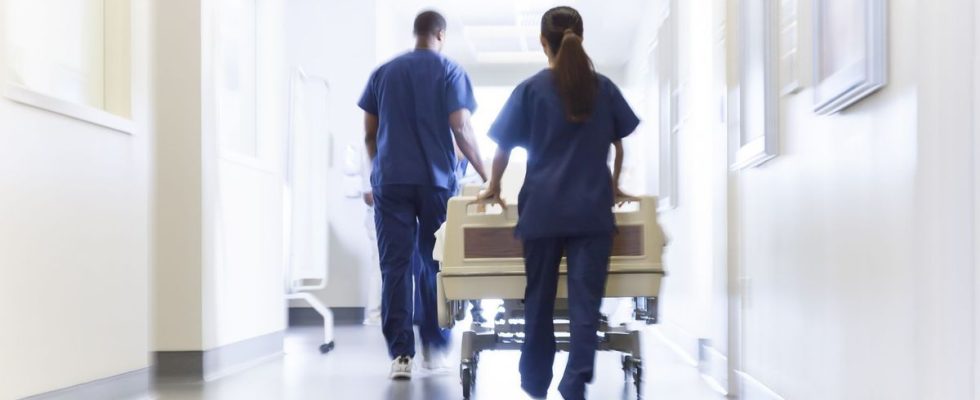Published on
Updated
Reading 2 min.
in collaboration with
Dr Gérald Kierzek (Medical Director of Doctissimo)
Suspicion of carbon monoxide poisoning occurred in a primary school in Saint-Alban, in Côtes-d’Armor. How are victims treated? The answers from Dr. Gérald Kierzek, emergency physician and medical director of Doctissimo.
Adults and children at a primary school in Saint-Alban in Côtes d’Armor were victims of carbon monoxide (CO) on Friday December 8. Quickly taken care of by emergency services, the victims were treated for their poisoning. How exactly does this work?
Greater affinity of hemoglobin for carbon monoxide
Carbon monoxide is an odorless, colorless and tasteless gas. “What happens in carbon monoxide poisoning is that hemoglobin has a stronger affinity for CO than for oxygen (CO2)” explains Dr. Gérald Kierzek. “So there’s a sort of internal asphyxiation when we’re exposed to it.”
High-dose oxygen to treat the sick
If CO poisoning is suspected, the first thing to do, reminds the doctor, is to “take the person out of the room where they are“. Once patients are no longer in direct contact with carbon monoxide, they are supported, depending on their condition, to reverse the level of CO in their blood. “For this, we place them under oxygen. In the least serious cases, it will be normobaric oxygen, with a high concentration mask and a bottle set at a flow rate of 12 L/min” specifies the doctor.
In some more serious cases, patients will be intubated, to “push” the oxygen more significantly.
The hyperbaric chamber, for the most serious cases and the most fragile patients
“To increase the quantity of oxygen in the patient’s plasma, it can be installed in a hyperbaric chamber” adds Gérald Kierzek. “This allows oxygen to be delivered quickly to cells throughout the body, particularly to those of the most critical organs, such as the brain or the heart. the doctor explains again.
But this treatment faces various problems: not all hospitals have this type of box, patients can be claustrophobic, the pressure exerted by these devices can cause problems in the hearing system in particular…”This is generally reserved for pregnant women, the elderly or those with a chronic pathology or serious cases… Because patients must be closely monitored.” concludes the expert.
